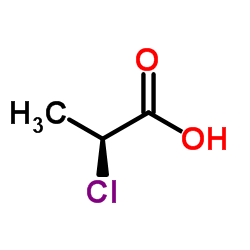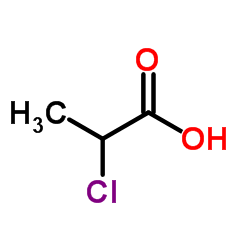| 结构式 | 名称/CAS号 | 全部文献 |
|---|---|---|
 |
(S)-(-)-2-氯丙酸
CAS:29617-66-1 |
|
 |
2-氯丙酸
CAS:598-78-7 |
|
 |
3-氯丙酸
CAS:107-94-8 |